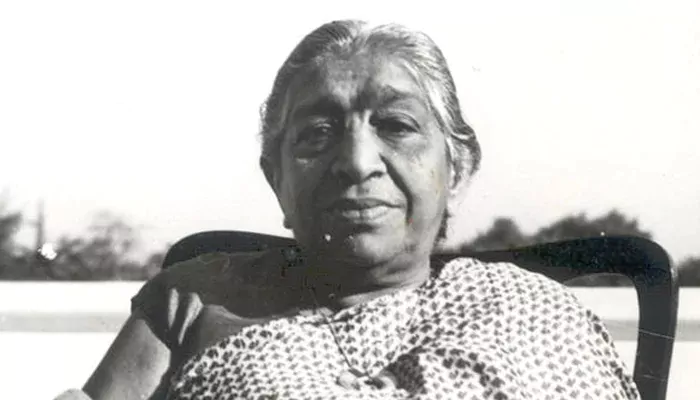
Forget boring dates! Your grandpa's dusty old panchang might have been a revolutionary's secret weapon, hiding forbidden poetry that stoked the fires of India's freedom struggle. Let's uncover the ink rebellion!
Hey there! Ever flipped through one of those thick, musty almanacs – the panchang or jantri – lying around at your grandparents' place? Filled with moon phases, auspicious times, and maybe some weather predictions? Seems pretty harmless, right? Well, buckle up, because during India's fight for freedom, these everyday calendars became something far more thrilling: smugglers of sedition!
Yep, right under the noses of the British Raj, clever printers and fearless poets turned the humble almanac into a secret newsletter for revolution. How? By tucking tiny, powerful verses of outlawed nationalist poetry right into their margins and blank spaces. Talk about hiding in plain sight!
Think about it. Almanacs were everywhere. Every home, shop, and village relied on them. They were essential for festivals, farming, weddings – daily life! The British authorities saw them as harmless, traditional tools, not political pamphlets. Censorship was tight on newspapers and books, but who would suspect a calendar predicting rainfall or listing ekadashi dates? It was the ultimate disguise. Distributing them was easy and completely normal. Genius move!
This wasn't random scribbling. It was a coordinated act of cultural resistance. Nationalist poets, often writing under pen names to avoid jail, crafted short, potent couplets (dohas, shayaris, kavitas). Their themes? Love for Bharat Mata, scorn for foreign rule, calls for unity, and reminders of past glory. Think fiery lines disguised as spiritual advice or reflections on nature and duty.
Printers, many running small, local presses deeply connected to their communities, became the delivery system. They'd carefully typeset these rebellious verses into the margins, footnotes, or even within seemingly innocuous sections on "ethics" or "daily conduct." The poetry blended in, looking like just another part of the traditional text. Only those with awakened hearts would grasp the double meaning.
Imagine this: Families gathered around the almanac to plan the year. Dad checks the muhurat for a cousin's wedding. Grandma looks up the next fasting day. And there, nestled beside the planetary positions, is a tiny verse. Someone reads it aloud, maybe slowly, maybe with a knowing glance. A spark ignites.
That was the power. This wasn't just about big speeches or armed revolts (though those happened too). This was resistance woven into the fabric of everyday life. It reached farmers in Punjab, shopkeepers in Gujarat, housewives in Bengal, and students in Madras – far beyond the reach of overt political meetings. A simple couplet could stir pride, fuel anger against injustice, and remind people of their shared identity and suppressed freedom. It made nationalism personal, intimate, and constant. Every glance at the calendar was a silent nod to the dream of Swaraj.
(Sarojini Naidu played a key role as a poet and activist in India's freedom movement.)

This almanac conspiracy wasn't just clever; it was crucial. It showed the incredible resilience and ingenuity of the freedom movement. When open protest was crushed, the fight simply went underground, using the most trusted, everyday objects.
It highlights how deeply art and culture were entwined with the political struggle. Poetry wasn't just decoration; it was a weapon. The written word, smuggled into millions of homes, became a potent tool for awakening consciousness and sustaining the spirit of resistance over long, difficult years. It proved that the pen, especially when hidden inside a panchang, could indeed be mightier than the sword (or the baton of the colonial police!).
So, next time you see an old almanac gathering dust... Give it a second look. Those yellowed pages might hold more than just dates and stars. They might carry the faint, enduring echo of courage – the whispered dreams of freedom, hidden in plain sight, page after page, year after year. It’s a testament to the quiet, clever defiance that helped stitch together the idea of India, one secret couplet at a time. Pretty cool, right? Makes you see that old calendar in a whole new light!